Market Share
Collimating Lens Market Share Analysis
Collimating lenses, also known as curved optical lenses, play a crucial role in ensuring that light beams entering spectrometer setups are parallel. These lenses are designed to modify the lighting and collecting angles for sampling, enhance the range of vision, improve collection efficiency, and increase spatial resolution. Spectrometers, colorimeters, and light meters are examples of instruments where collimating lenses are attached to guarantee that the incoming light is parallel and covers the required measuring area. The utilization of collimating lenses is not limited to spectrometer setups; they are integral components of various optical systems. These lenses are essential in adjusting the setup's parameters, ensuring accurate measurements, and facilitating optimal performance. The demand for fiber components, particularly fiber collimating lenses, is expected to rise significantly due to substantial investments in fiber optics. For instance, over the next five years, North American internet providers are planning to invest more than USD 60 billion in fiber-to-the-home (FTTH) projects, indicating a booming market for fiber optics. Collimating lenses offer several advantages, especially when expanding optical systems, making them preferred in various industries. Their accuracy and high resolution in collimating light beams make them essential components in different applications. Some of these applications include spectrometers, beam-expander systems, display measuring systems, fiber couplers, laser illumination systems, and sensor testing systems. Industries are increasingly recognizing the benefits of collimating lenses, leading to their widespread usage. Their precision in controlling the field of view, spatial resolution, and equipment effectiveness makes them indispensable in different setups and applications. As industries continue to invest in advanced optical systems and technologies, the demand for collimating lenses is expected to grow. In the context of expanding optic systems, collimating lenses play a pivotal role in ensuring that light beams maintain parallel trajectories. This characteristic is crucial for accurate measurements and efficient operation in various optical setups. The adaptability and versatility of collimating lenses make them suitable for a wide range of applications, contributing to their rising prominence in industries relying on optical technologies. The increasing investment in fiber optics, particularly in projects like fiber-to-the-home (FTTH), highlights the growing importance of collimating lenses, especially those designed for fiber components. As internet providers plan substantial investments in North America, the demand for high-quality collimating lenses is expected to soar, further fueling the market's growth. Collimating lenses are fundamental in optical systems, ensuring the parallel alignment of light beams for accurate measurements and efficient operation. Their versatility makes them indispensable in various applications, ranging from spectrometers to laser illumination systems. With the increasing emphasis on advanced optical technologies and fiber optics investments, the demand for collimating lenses is poised to witness significant growth in the coming years. Industries recognizing the benefits of these lenses in enhancing optical setups and achieving precise measurements will likely contribute to their widespread adoption across diverse sectors.
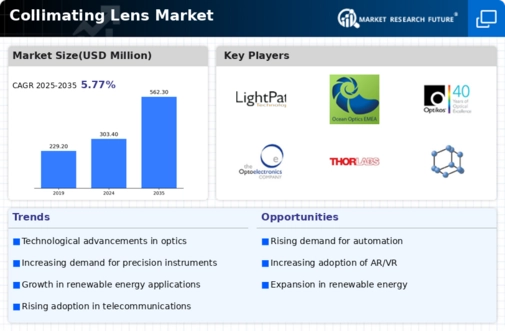
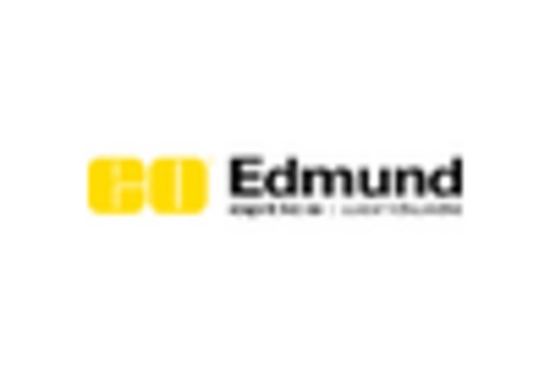
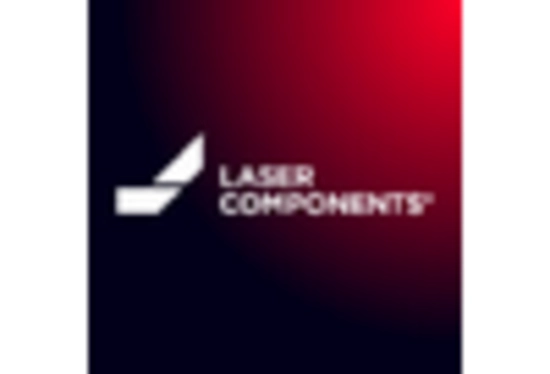
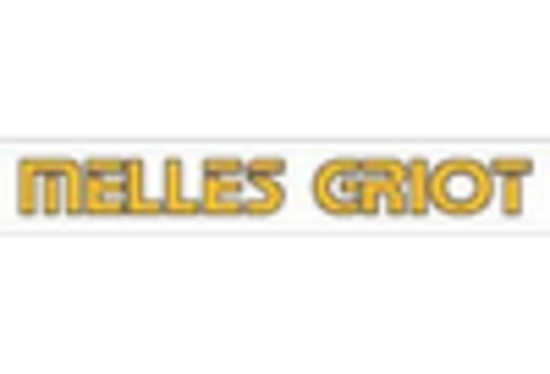
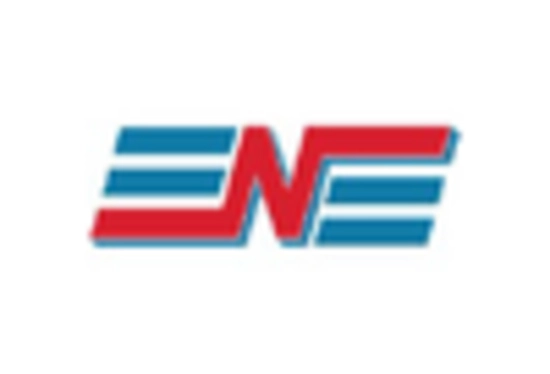
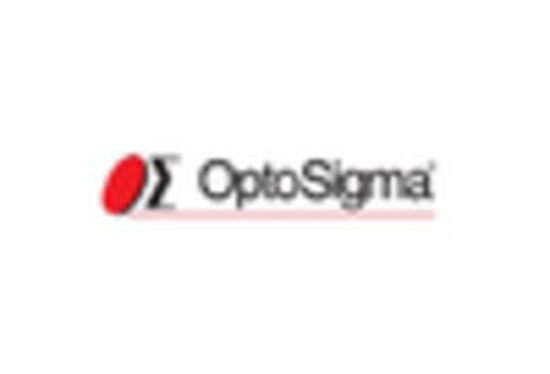
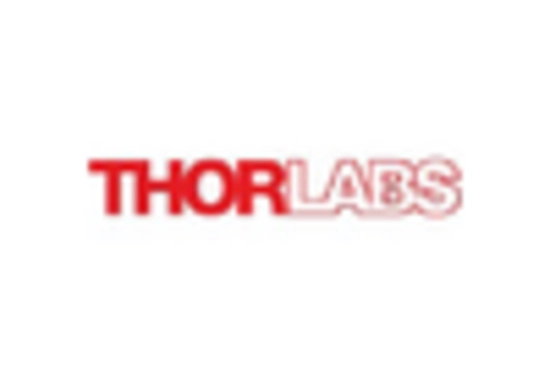









Leave a Comment